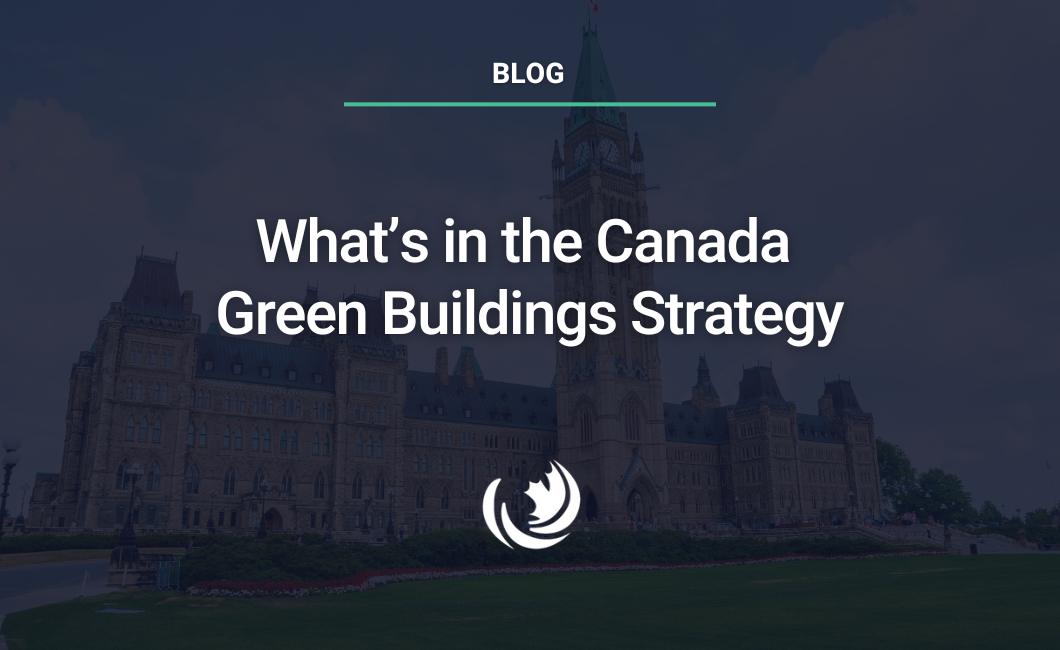
The federal government released its Canada Green Buildings Strategy. The strategy recognizes that green buildings are affordable, healthy, and climate-resilient. Yet, to deliver on this promising future, the strategy needs to include new public investments or clear regulatory pathways.
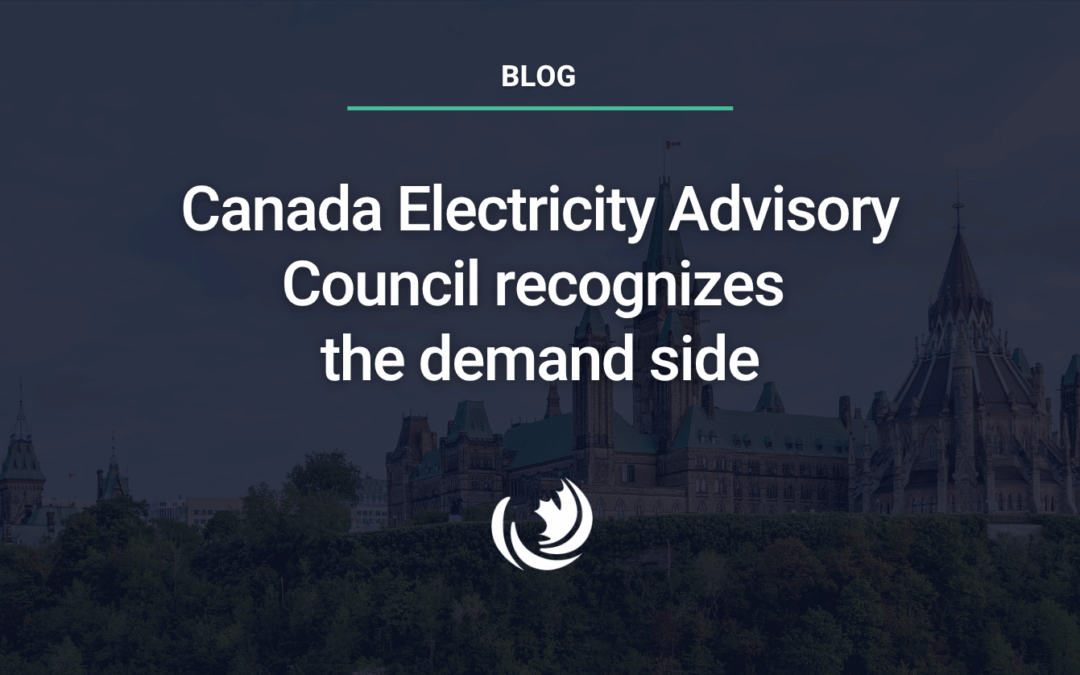
On June 10, 2024, the Canada Electricity Advisory Council publicly released its Final Report, Powering Canada: A blueprint for success. The Council is an independent body of 19 electricity sector leaders created shortly after the 2023 federal budget to advise the Minister of Energy and Natural Resources of Canada.
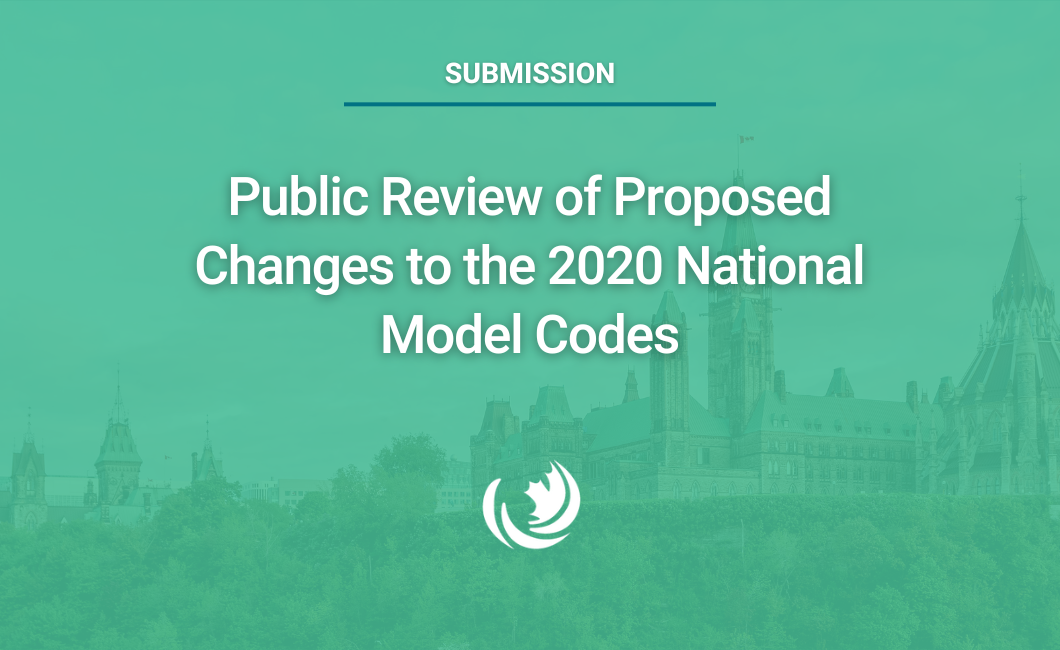
Efficiency Canada’s review of proposed changes to Canada’s National Model Codes. Authored by Brendan Haley.
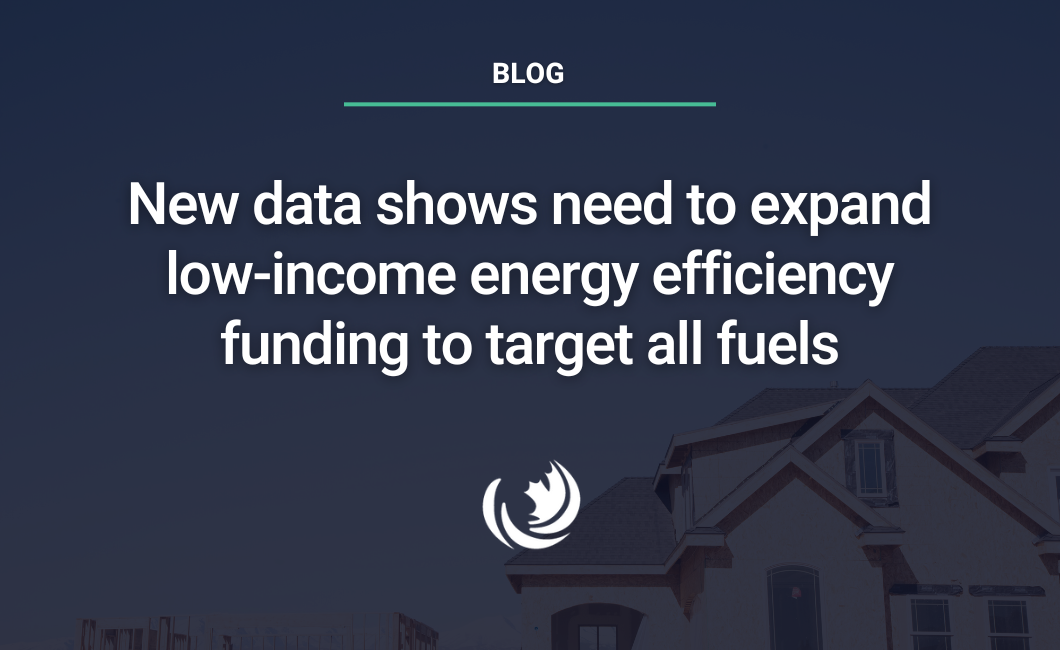
With energy costs going up, and low-income Canadians spending more on electricity and natural gas than fuel oil, we need a low-income energy efficiency policy that targets all fuels and supports Canadians regardless of where they live.
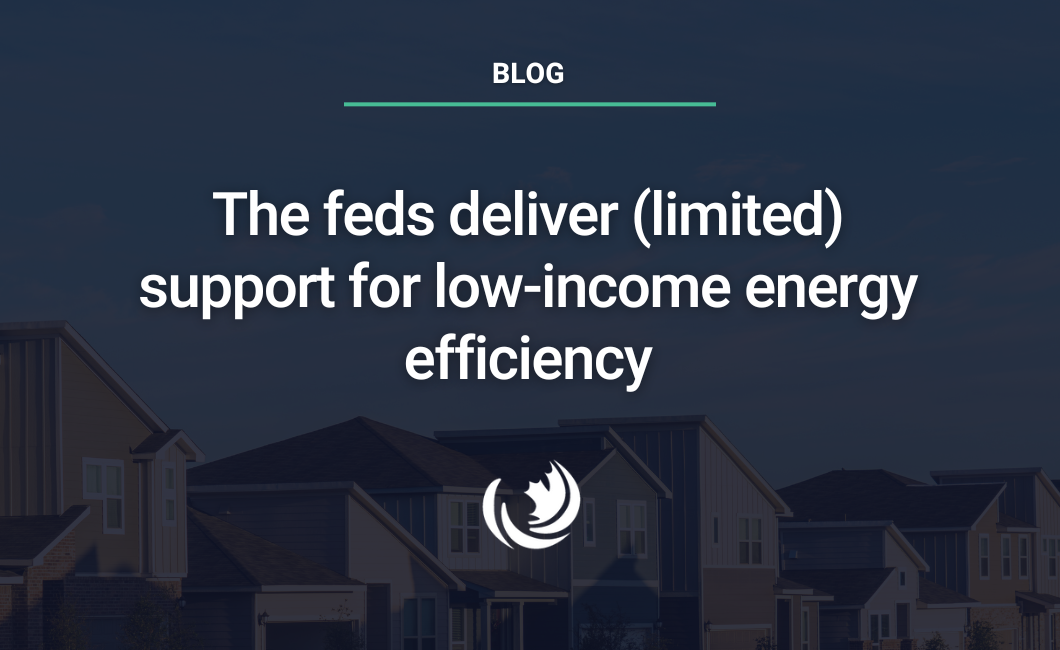
New federal funding aims to address climate change and affordability, but is it sufficient?






